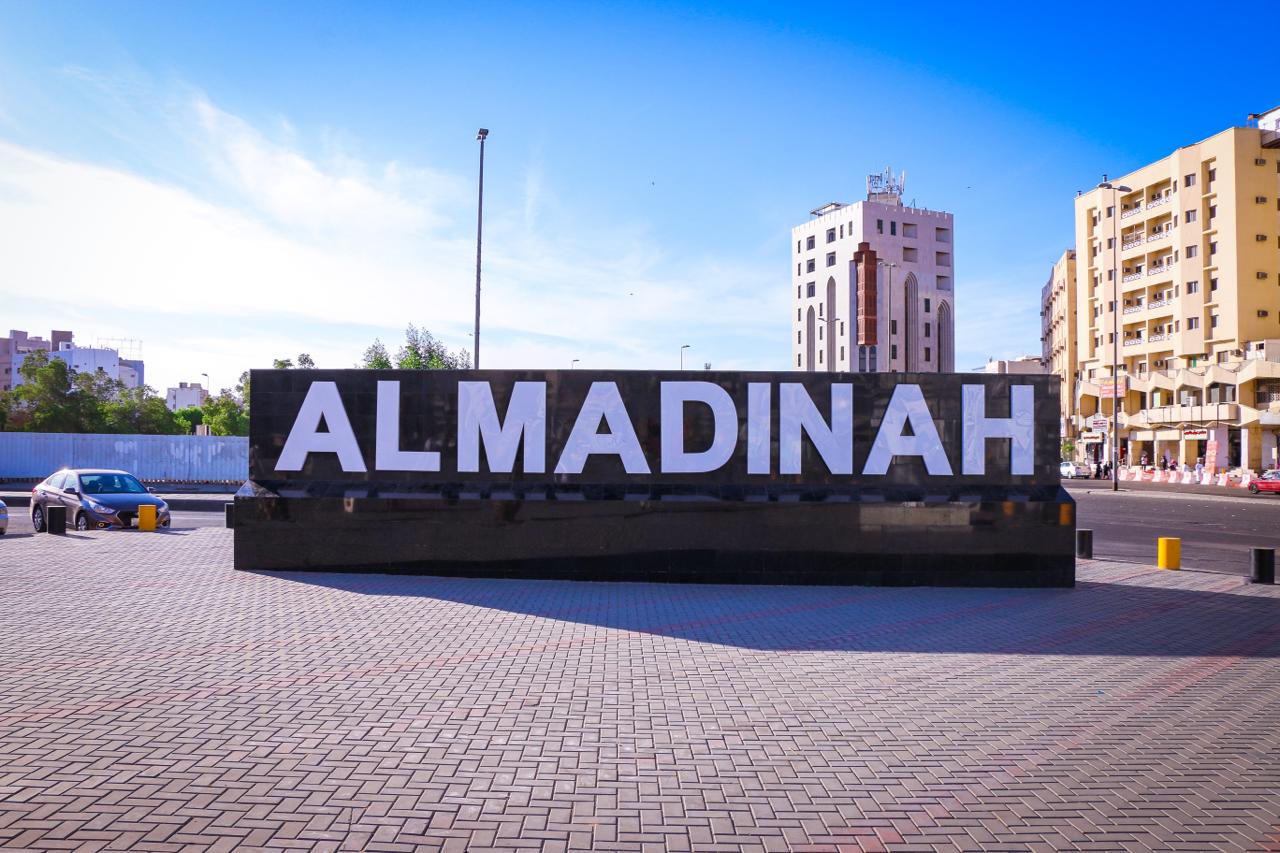
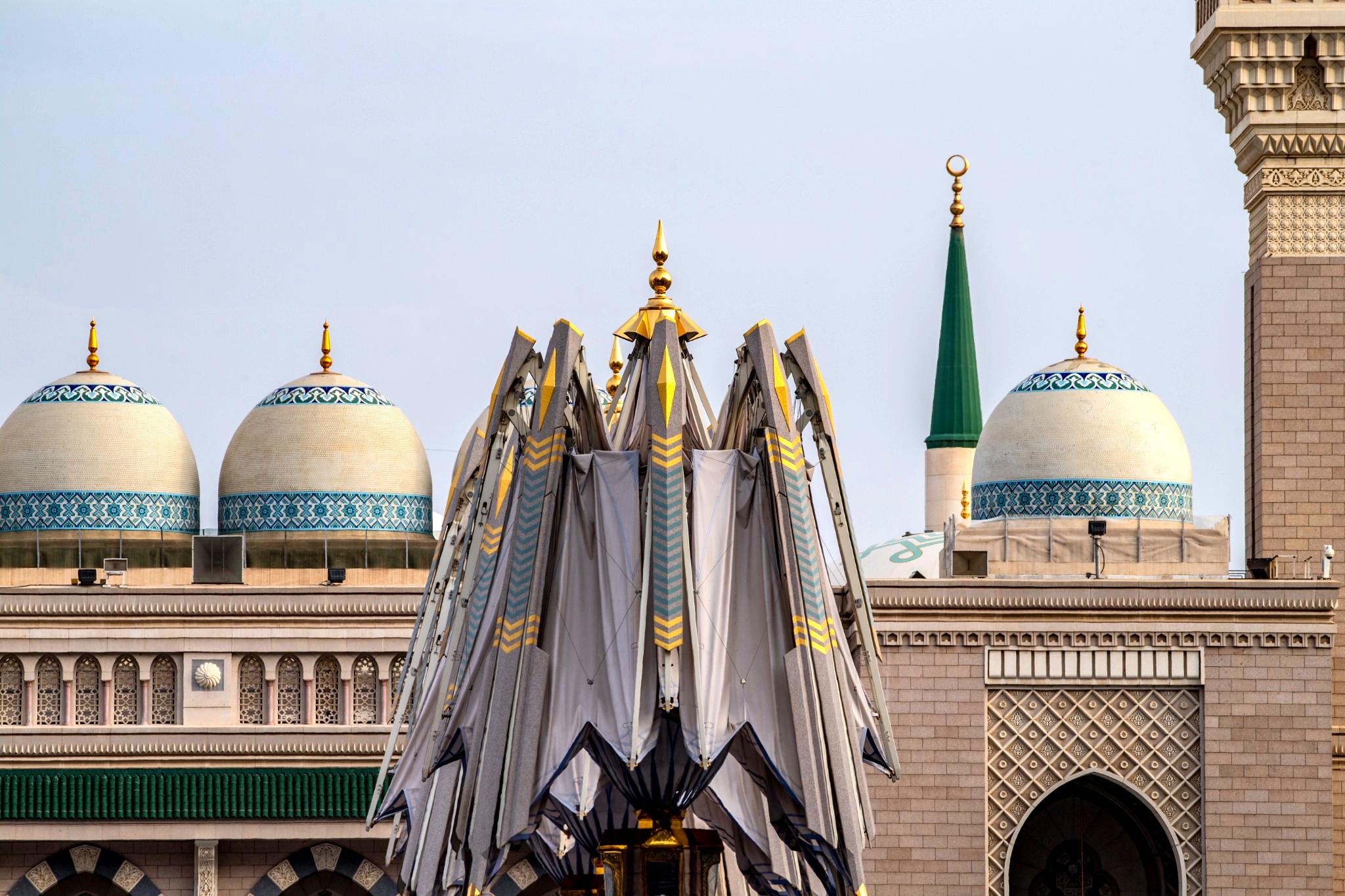
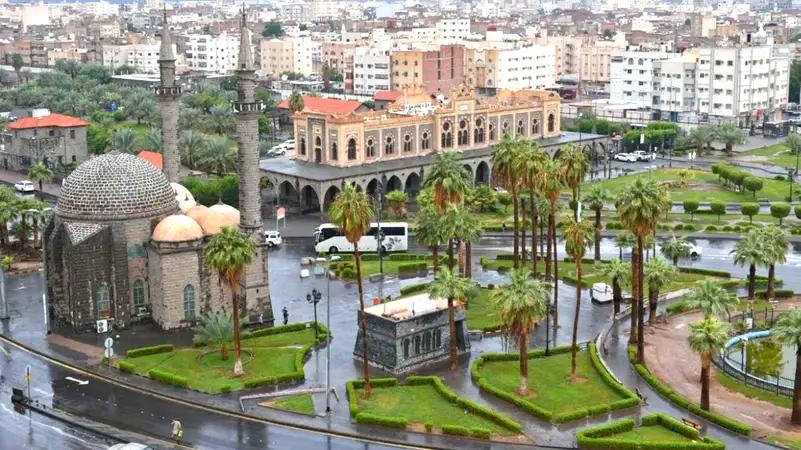
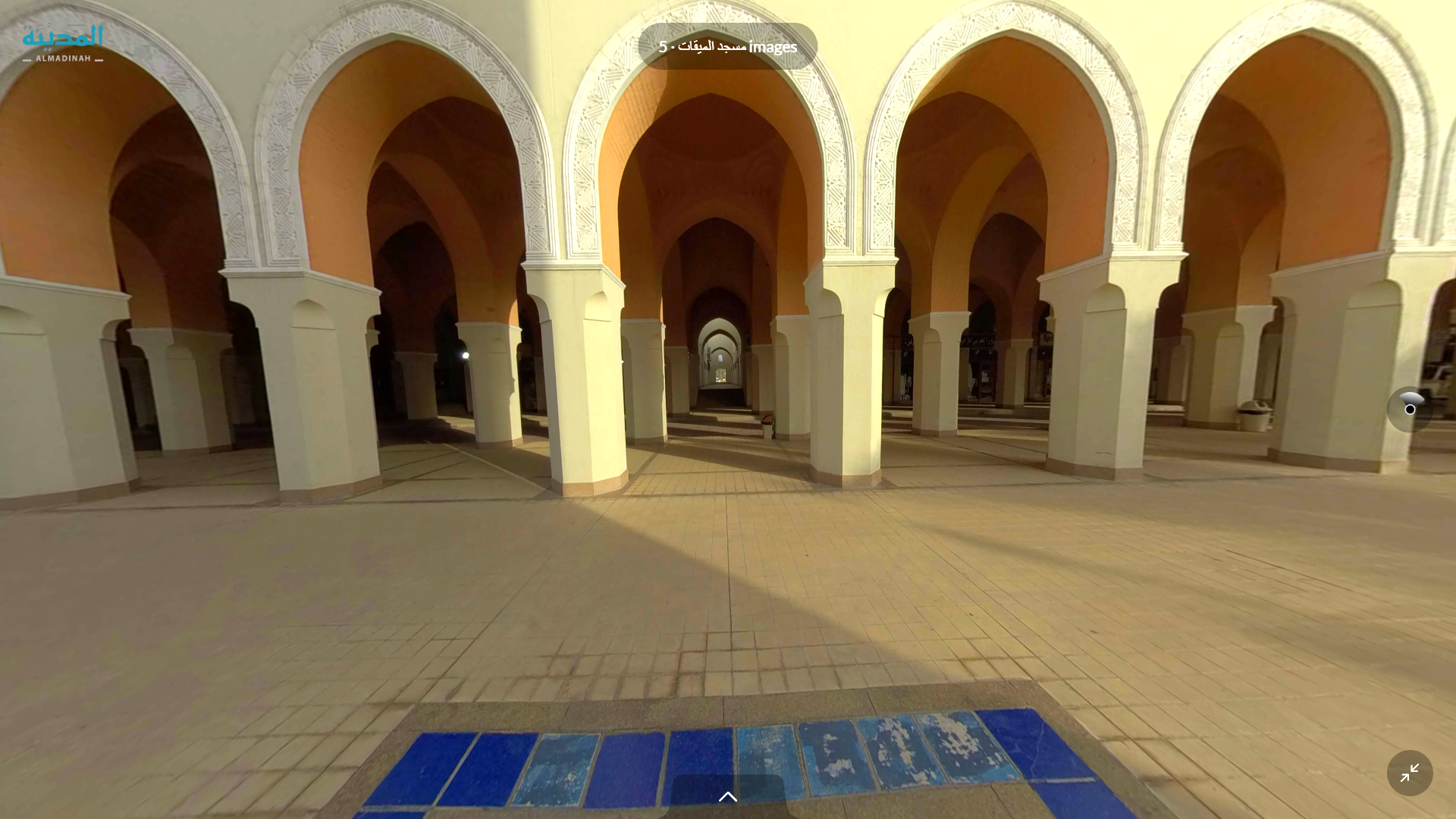
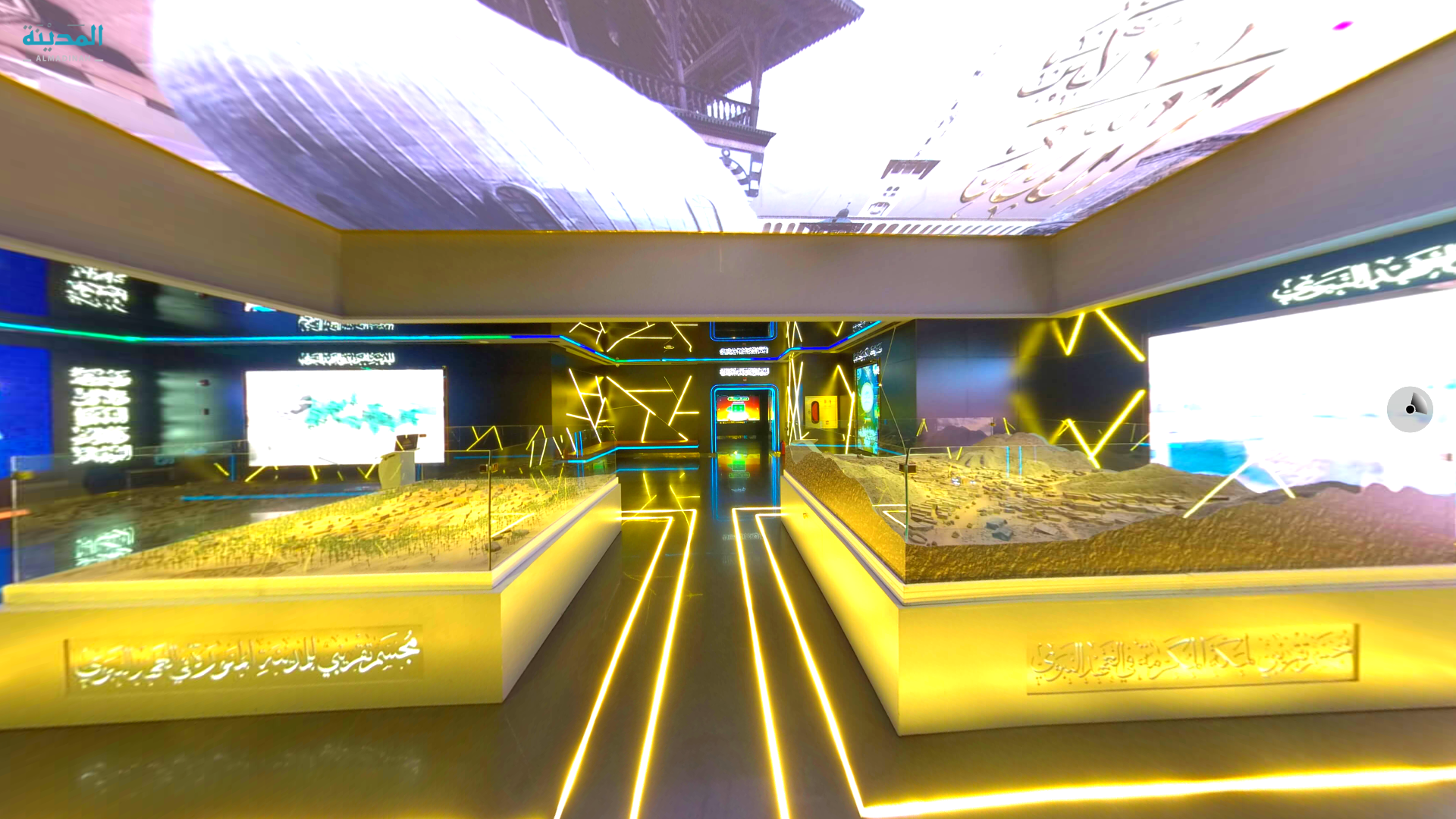
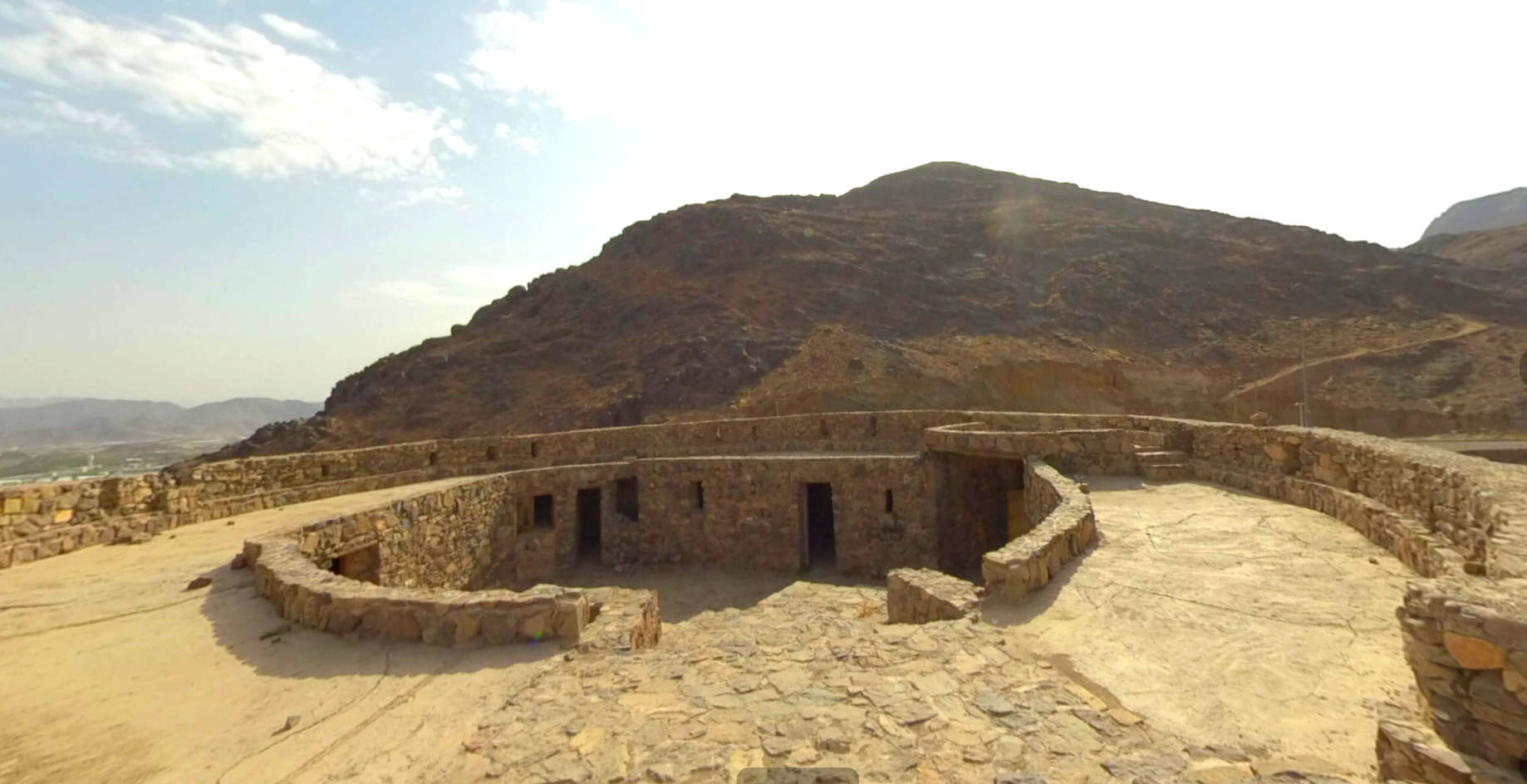
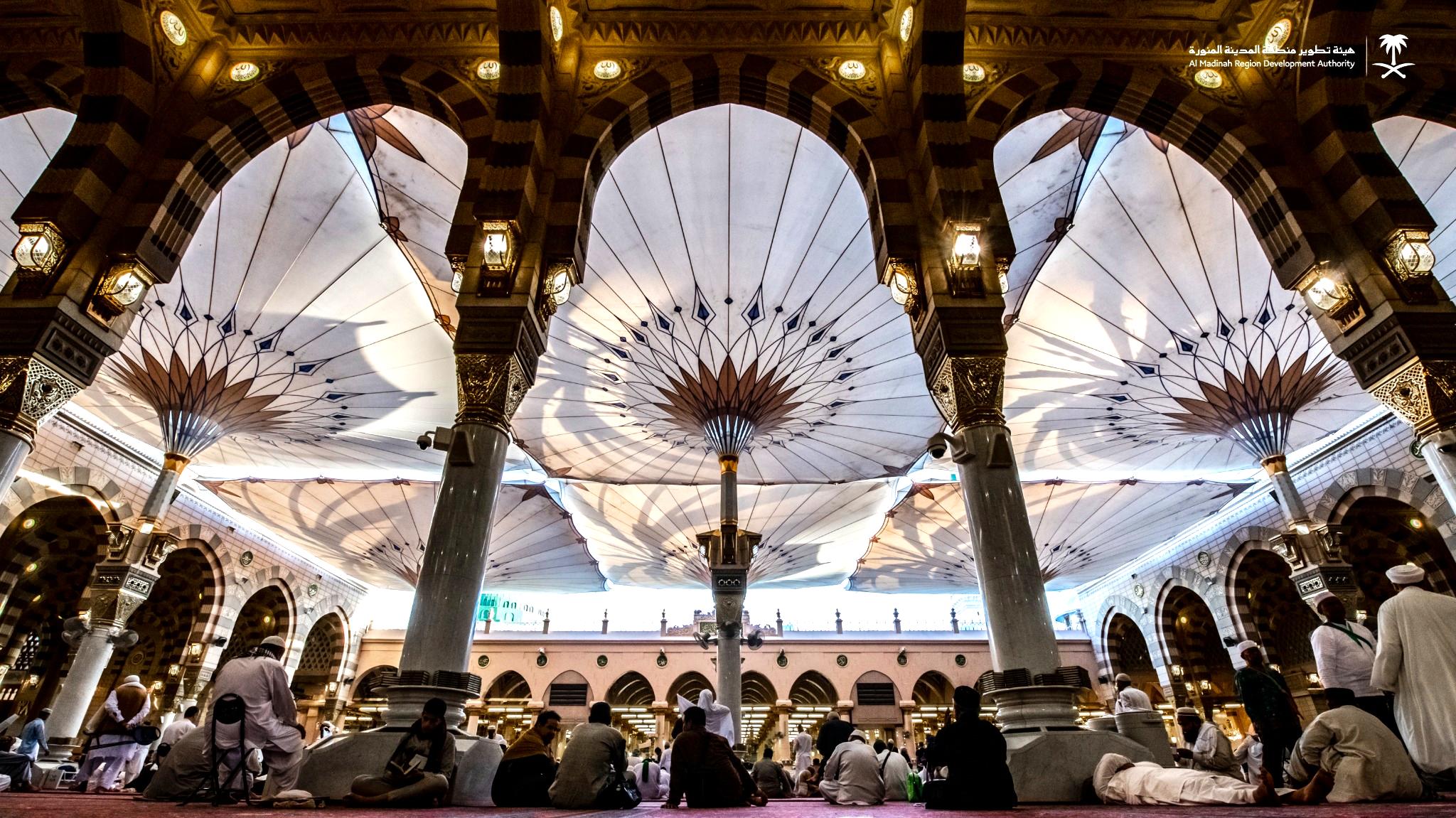
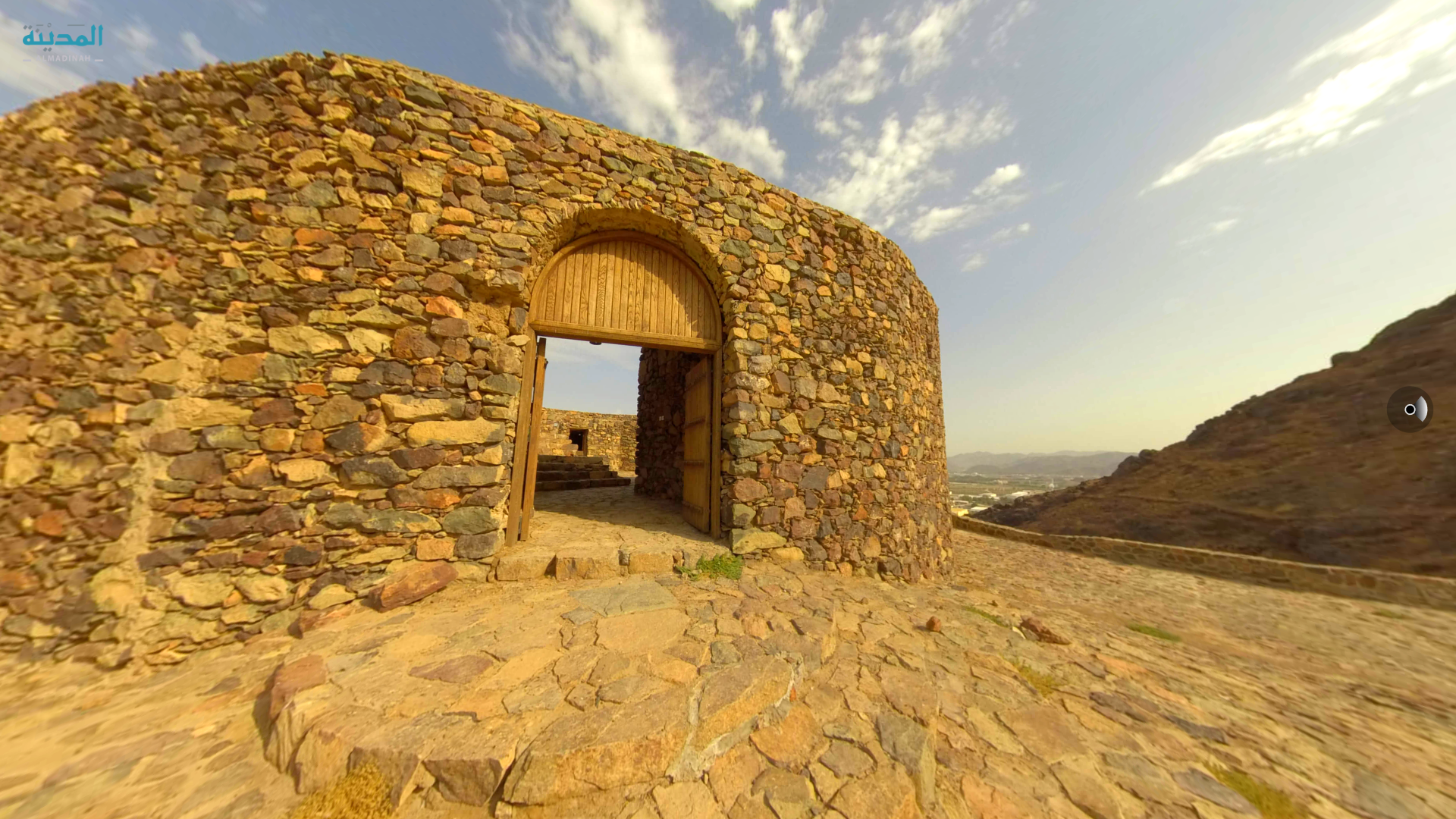
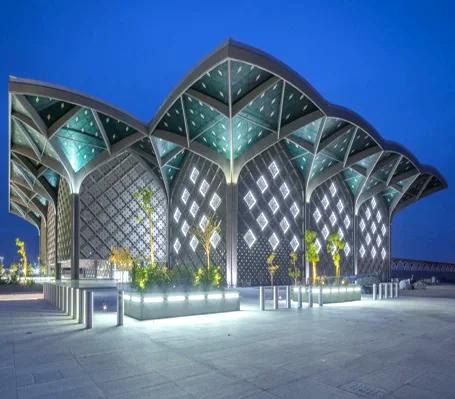
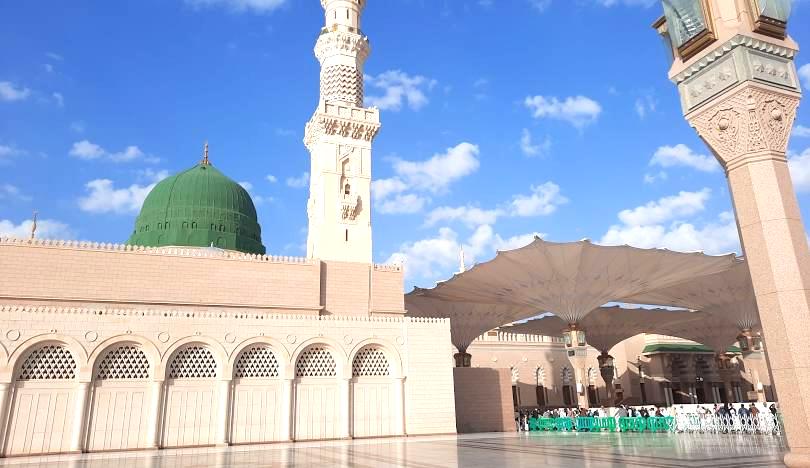
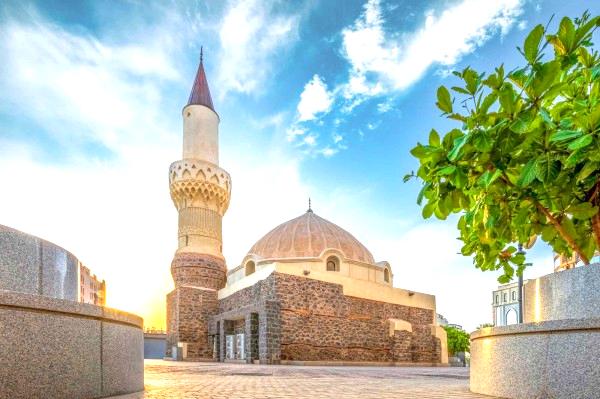
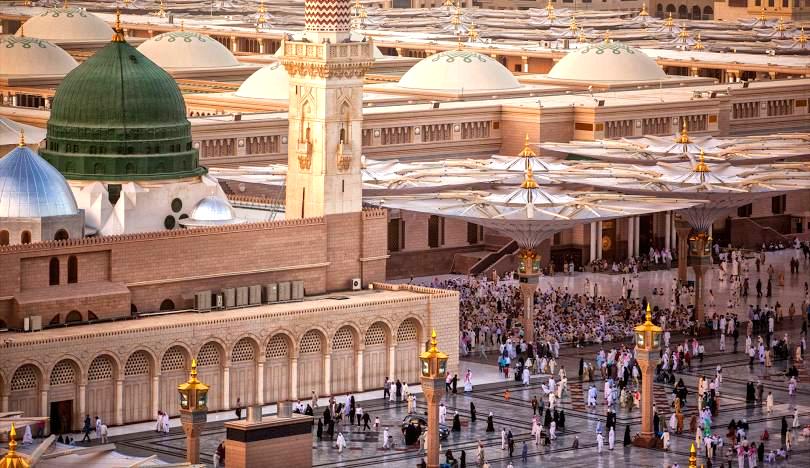
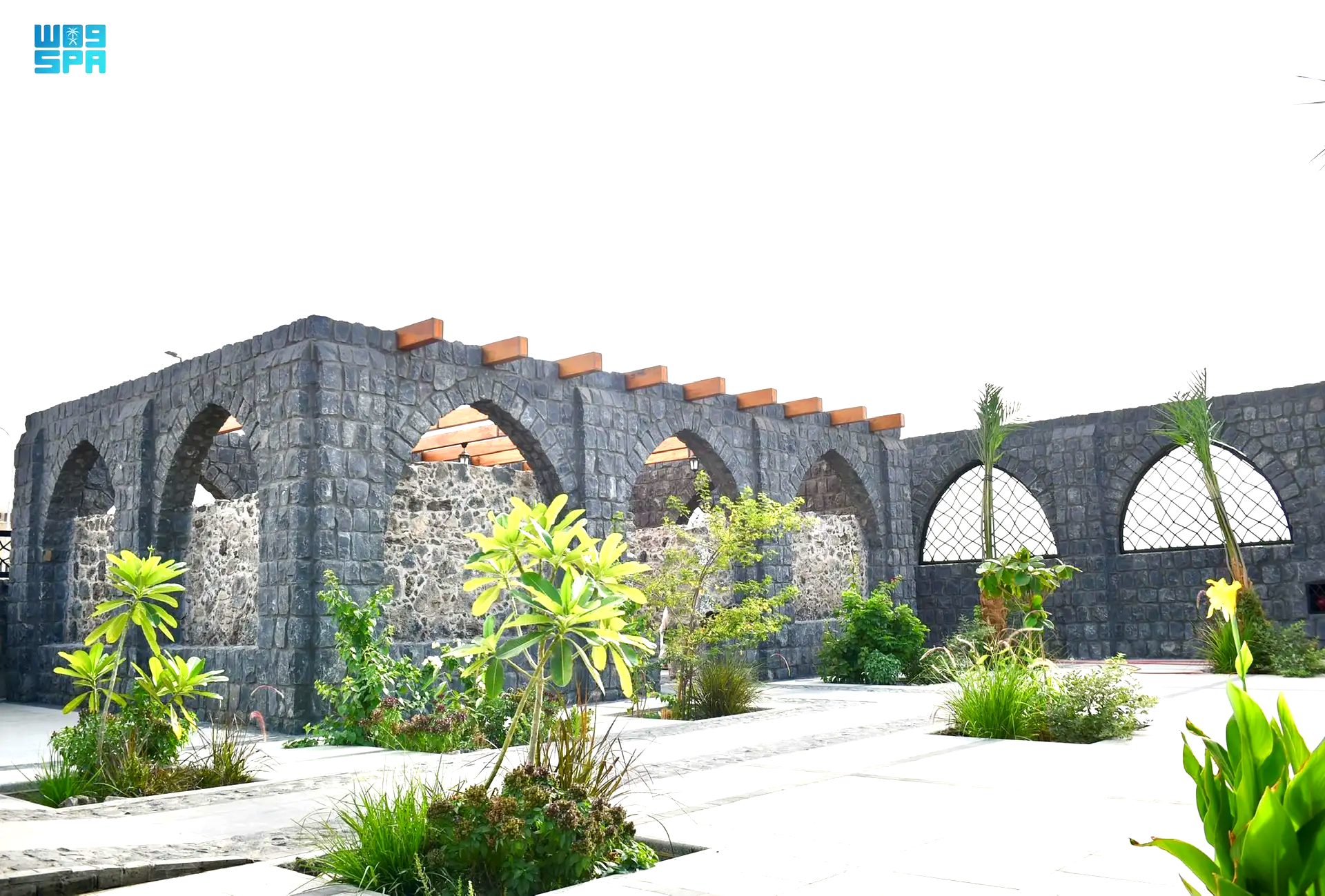
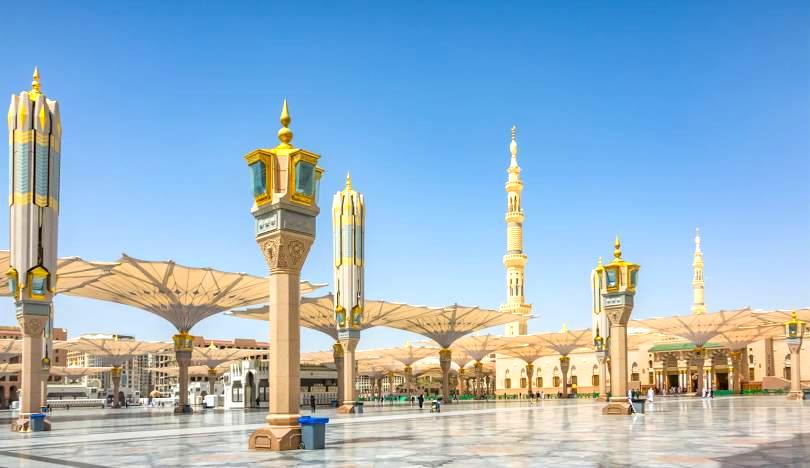
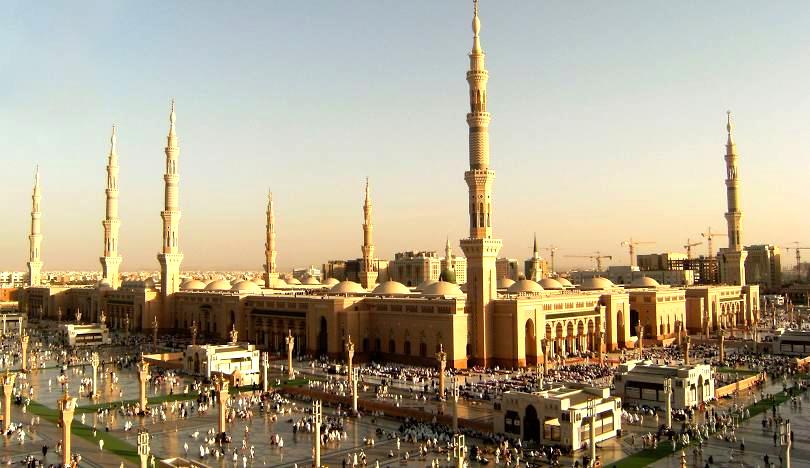
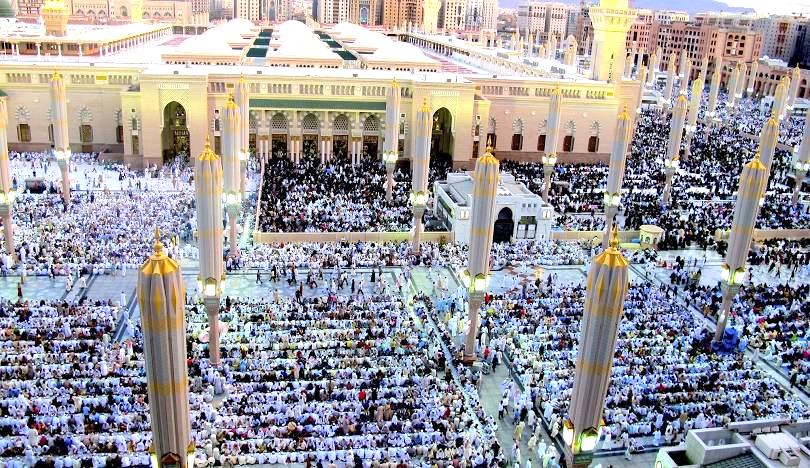
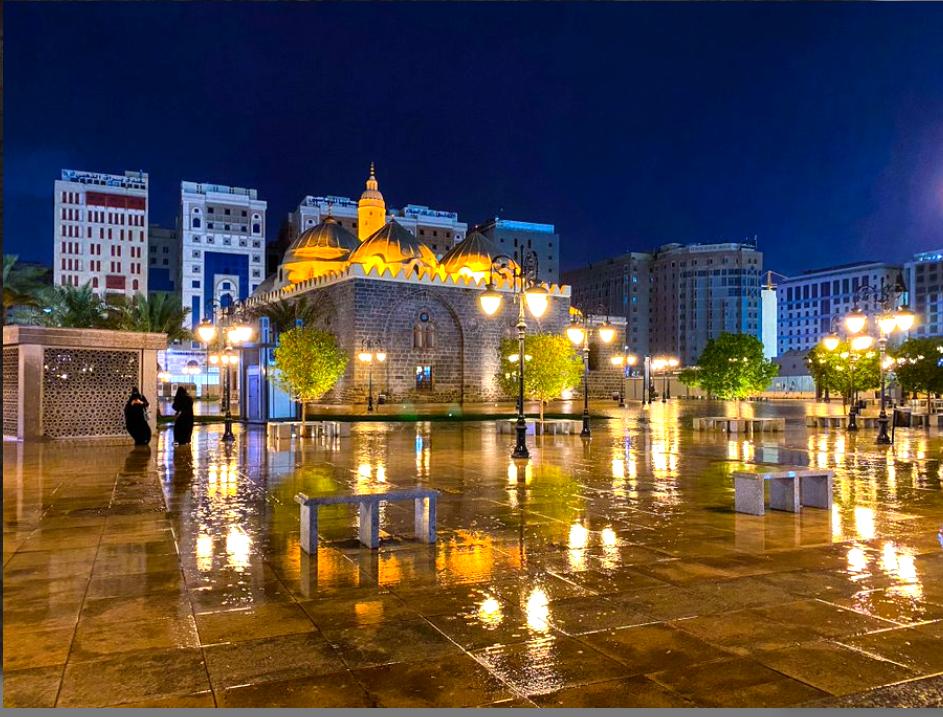
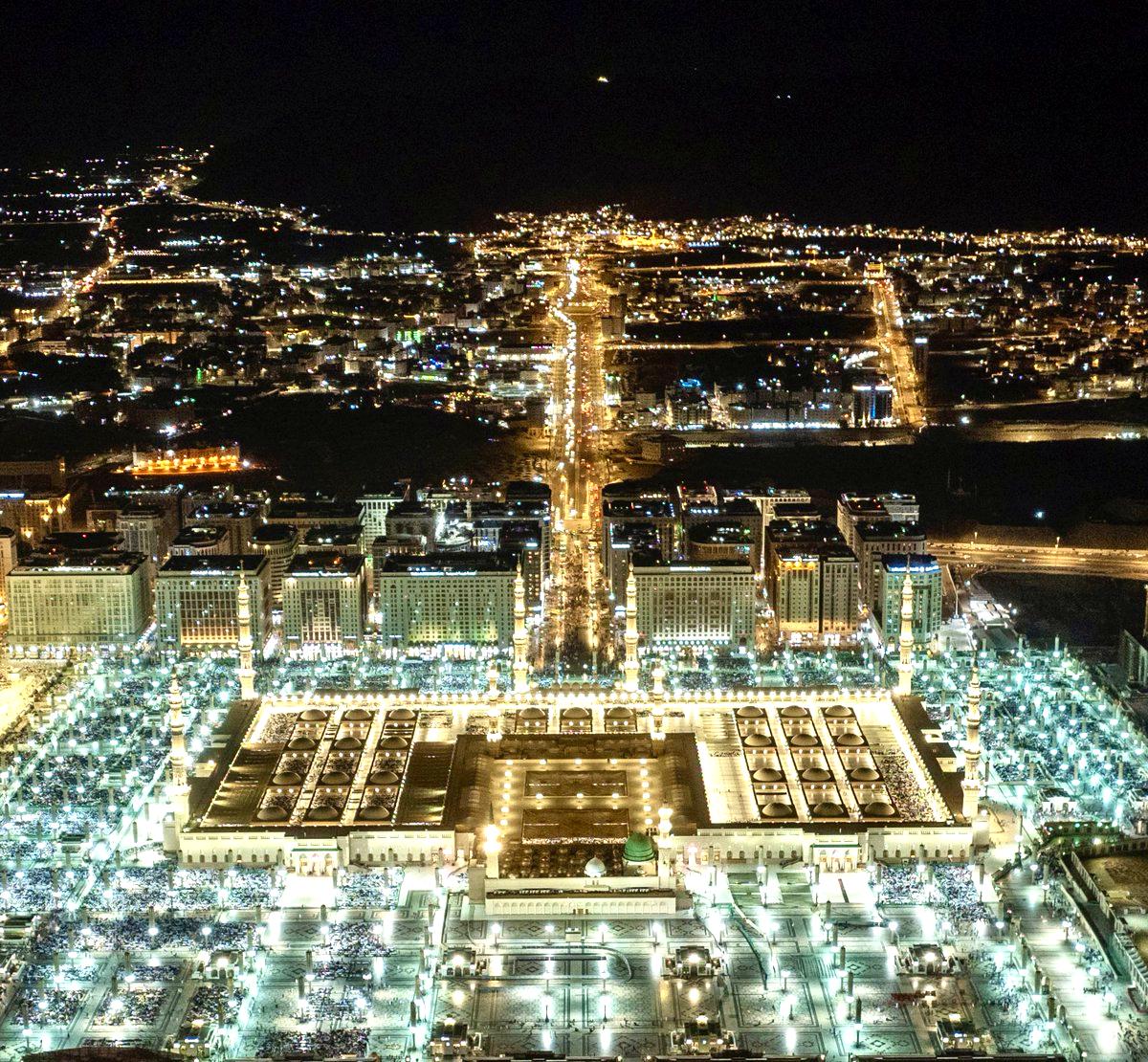
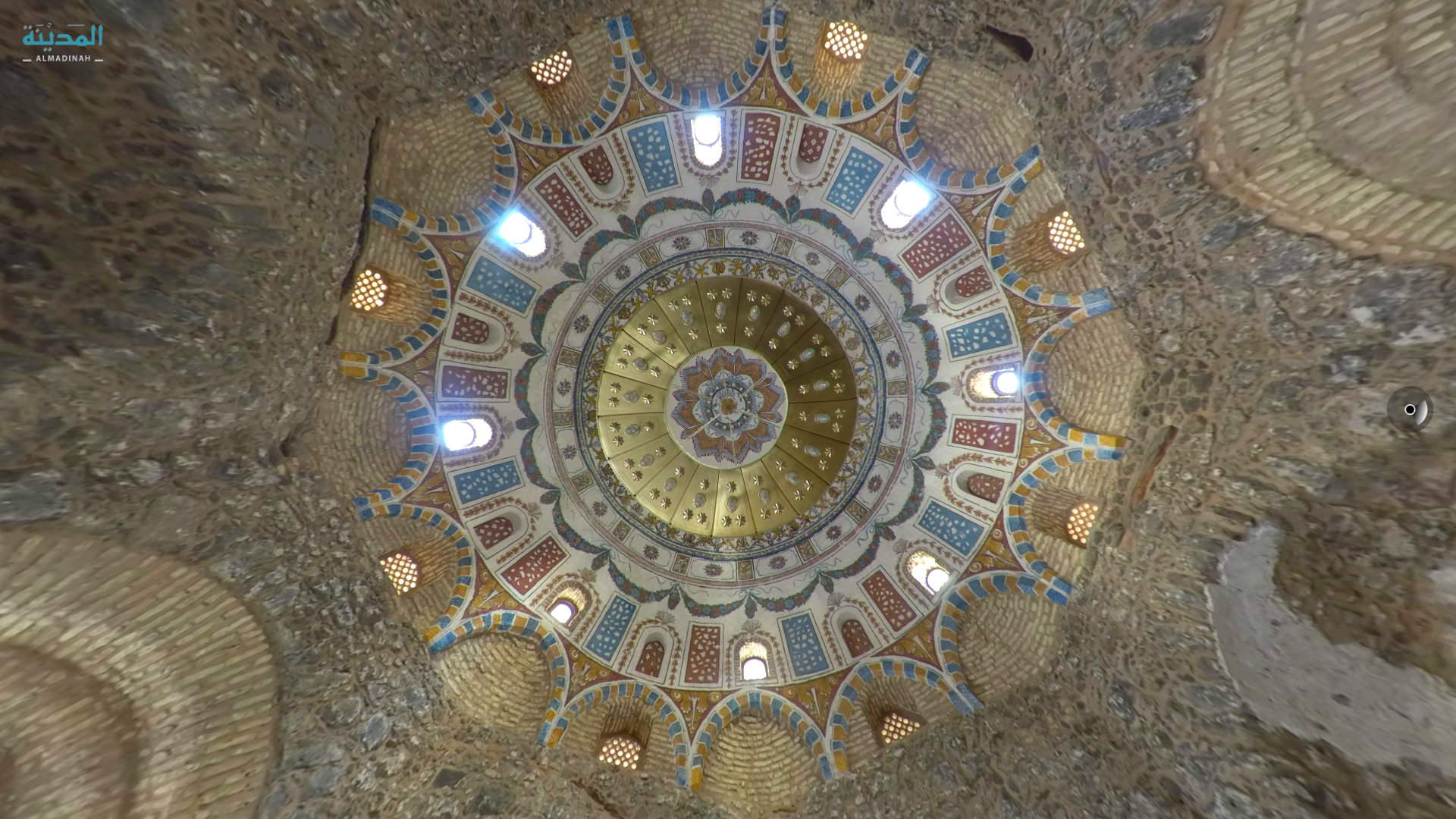
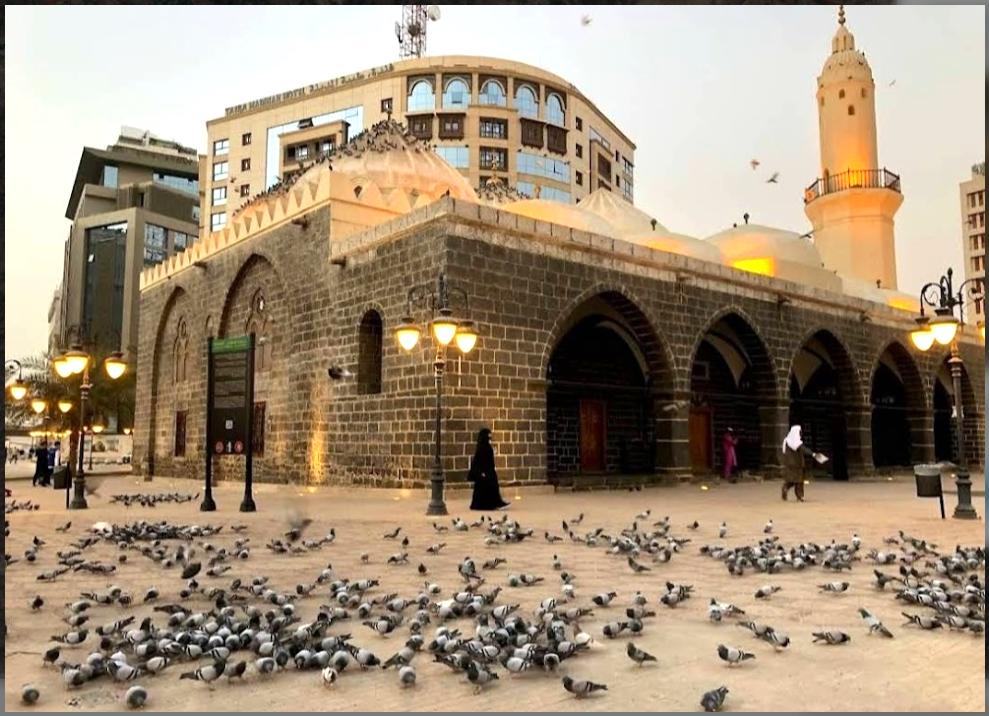
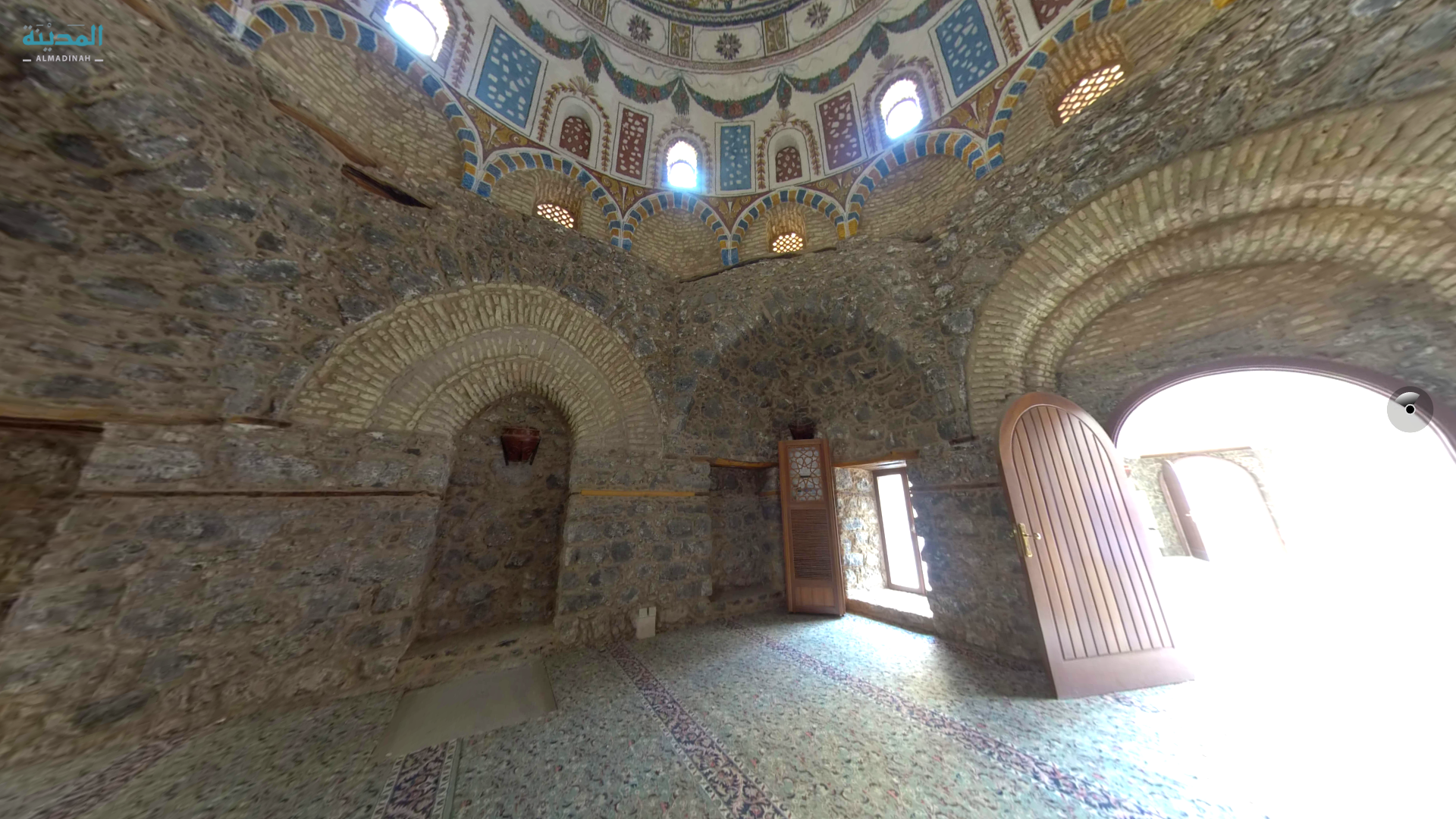
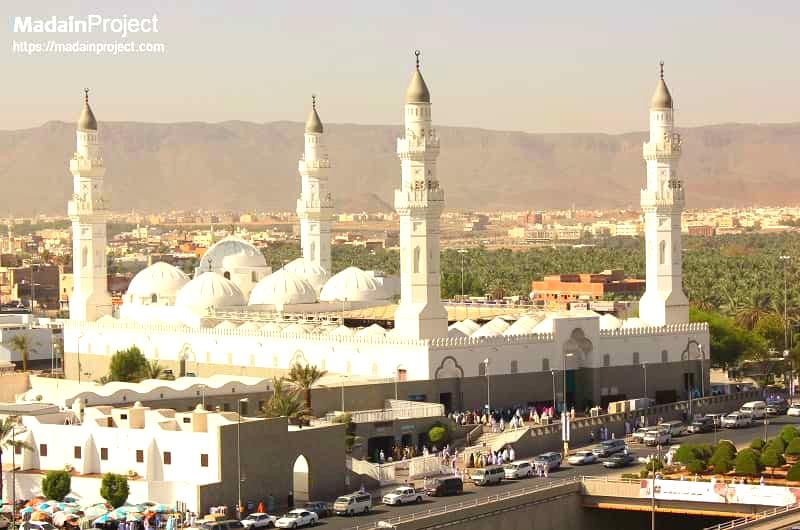
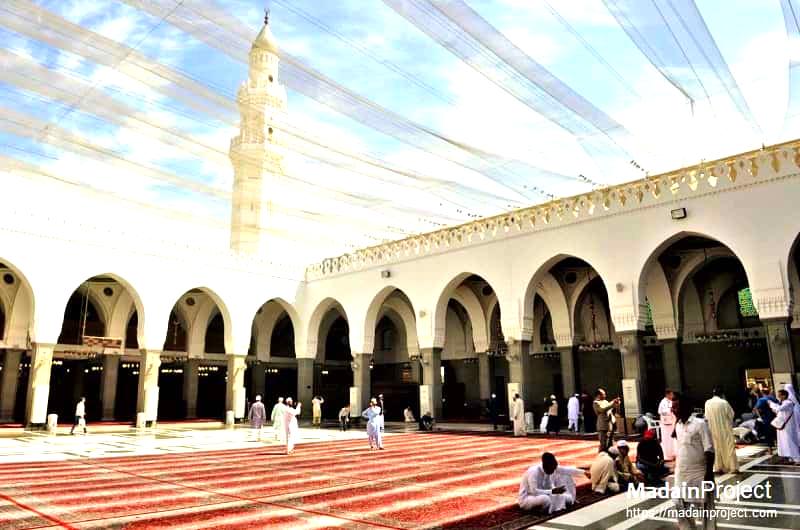























The Islamic Utopia
Madina, once known as Yathrib, underwent a profound transformation with the arrival of Islam, shifting from a city marked by religious division to one unified under the worship of Allah. Prior to the advent of Islam, Madina was home to diverse beliefs—predominantly paganism, where tribes worshipped idols, and a significant Jewish presence, each with its own spiritual practices. These divisions often led to conflict and rivalry among the tribes.
With the migration (Hijrah) of Prophet Muhammad (PBUH) from Makkah to Madina in 622 CE, a new era began for the city. Allah had chosen Madina as a sanctuary for His message, and the Prophet's (PBUH) arrival marked the beginning of a unified community under the banner of Islam. The first Muslims who had migrated were welcomed by the Ansar (Helpers) of Madina, forming a brotherhood that transcended tribal divisions.
The Prophet Muhammad (PBUH) established the Constitution of Madina, a groundbreaking document that laid the foundation for governance based on justice, respect, and religious freedom. This document recognized the rights of both Muslims and non-Muslims, fostering an inclusive society where peace and coexistence prevailed.
Through his leadership, Madina became a model of unity and spiritual renewal, where diverse communities embraced the worship of Allah alone, guided by the principles of justice and mutual respect. The establishment of Masjid Qubaa’, the first mosque, symbolized this transformation, marking Madina as the heart of the Muslim community.
The transformation of Madina from a city of division to one of unity and peace under Islam is a powerful reminder of the potential for faith to bring about social harmony. It stands as a testament to the values of justice, respect, and solidarity, forming the foundation for a society where all are treated with dignity, regardless of their background or belief.